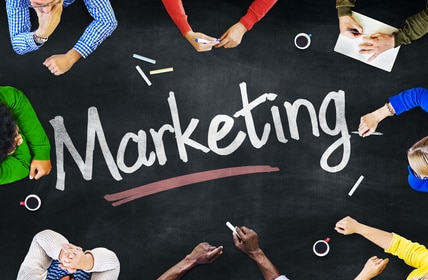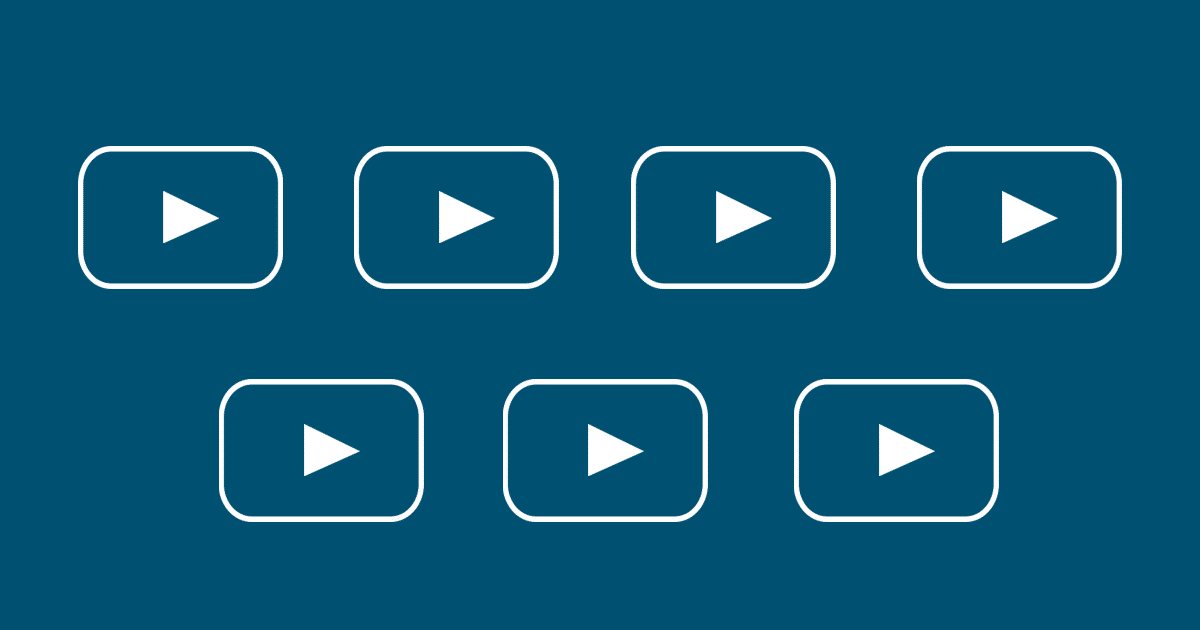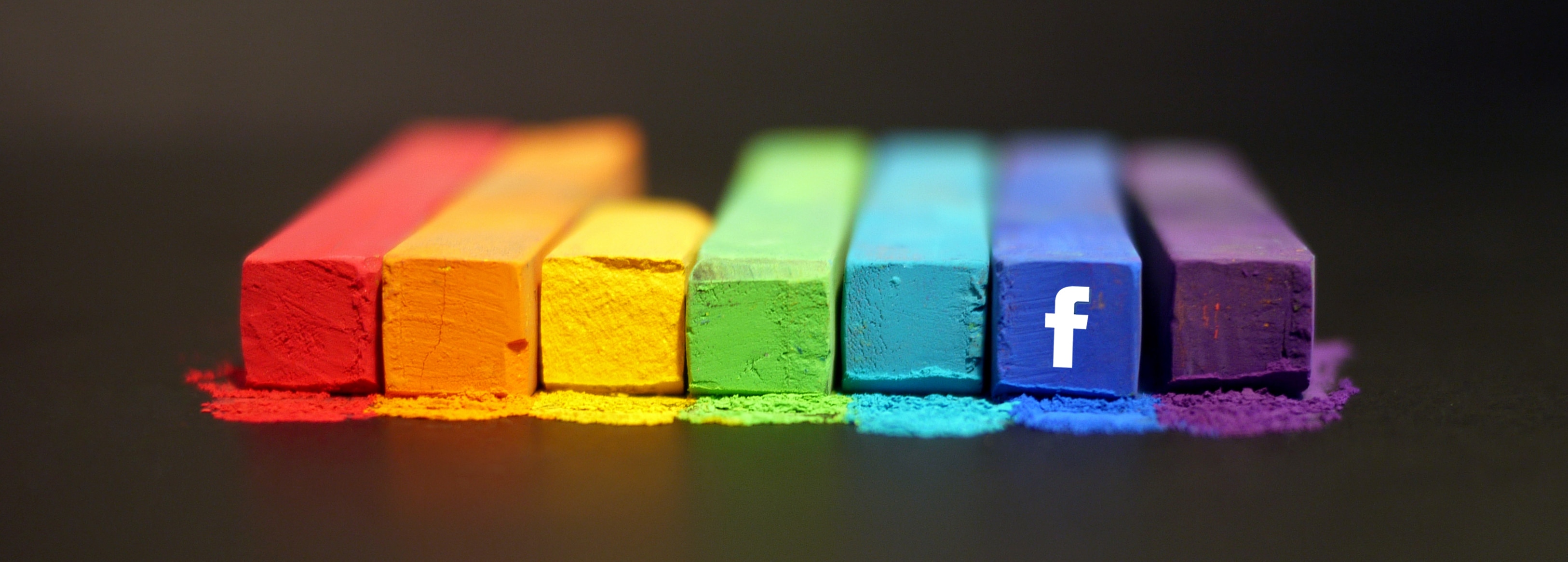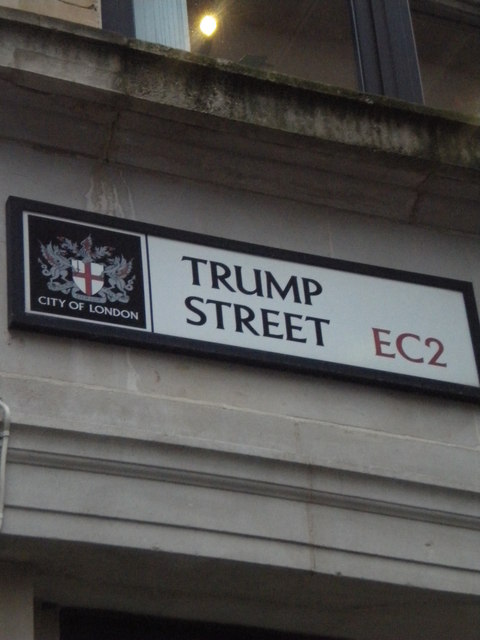This article was written by Yael Warman, Content Manager at Leverate.
Designing a digital marketing campaign can be both an art and a science, and doing so in an industry that relies as heavily on Affiliates to bring in traffic as the FX industry does, deciding where to invest your marketing dollars can be tricky. If you design your marketing objectives focusing on increasing Leads , converting customers and retaining traders, a mix of organic, paid and native advertising - both on search engines and social media - can help you achieve the best results.
Organic Search
Today’s customers are looking online for quality content. They want to go to Google, search for something and get relevant results back. They want content that is geared to their specific lifestyle, wants and needs to appear on their social media feed.
The new world of online trading, fintech and marketing – register now for the Finance Magnates Tel Aviv Conference, June 29th 2016.
When a customer searches for something on Google, the results that appear towards the top of the page have the best (if not the only) chance of getting clicked on, thus having your company appear there is what every business strives for.
But how does your company achieve that? Google gives high scores to websites which offer its users relevant and informative content that as closely as possible matches the user’s search terms. Writing high-quality content strategically using search engine optimization (SEO) can help your website climb the charts of search engines and gain brand awareness.
Now, don’t think that because this type of marketing doesn’t involve paying the publisher (Google, Facebook, Twitter, etc), that the efforts won’t cost you a dime. It requires effort and knowledge to be able to get in front of your audience and unless you are a talented copywriter and an SEO expert, you should look into hiring someone who is.
Having a high-ranking website organically is no easy task and it can take weeks, months and in some cases even years, but once you are at the top, maintaining your position is though not easy, manageable. Users believe that a business that has high organic search results is a business with a strong foothold on the market and are more likely to trust it. Providing quality content to searchers can help your business optimize conversions.
Paid Search
Part of your SEM (search engine marketing) campaign, paid searches are, as their name suggests, searches that appear towards the top of a user’s search results or in a user’s social media feed because the company has paid money to appear there. Paid searches can help you extend the reach of your content in order to generate more leads and increase brand awareness.
While getting to the top of the search list organically can take a while, paid search results reach the top of the page as soon as you start paying for it. These types of searches are often referred to as PPC or 'Pay per Click' and they can be customized to reach a specific audience. You can choose to reach users according to where they are located, income, age bracket, industry they work in, education level, marital status, etc. In the case of social media, you can even choose to reach people who have certain hobbies or like a particular TV show.
Some options for paid advertising are Google AdWords, Facebook ads and 'boost post', Twitter and Instagram ads, LinkedIn’s display ads and YouTube’s video ads.
Another component of SEM is remarketing. Have you ever searched for flights from New York to Madrid only to end up, for the next several weeks, seeing a small banner pop up in every website you open or search you make offering flights between NY and Madrid? That is remarketing. When a potential trader visits your website but doesn’t open an account for example, remarketing helps you reconnect with them by showing them ads relevant to your company as they browse the web.
Native Advertising
The newest breed of digital marketing, native ads are basically sponsored content that enables brands to get content in front of their audience in a way that is non-disruptive, thus creating higher brand awareness and credibility. Native advertising attempts to weave in the sale without making the content seem like an ad, by making sure that the informational aspect of the content outweighs the sales component. Guest blogging and writing articles for industry publications is a great way to show you are an expert in your field and subtly getting your brand’s name out there.
Another way to implement native advertising is by paying industry influencers to endorse your brand. An influential person can carry significant credibility when generating positive word of mouth on behalf of your brand and according to a study performed by IZEA, 88% of influencers are likely to tell a friend about a brand that sponsored them, 72% of them are likely to share additional posts for free about the brand that sponsored them and 77% are more likely to purchase from a sponsoring brand.
Native advertising can be expensive and it is such a new field that its track record is yet to be proven successful, however, BI Intelligence estimates that spending on native ads will reach $21 billion by 2018, up from $7.9 billion in 2015.
The basic difference between paid and organic marketing is that paid content intends to quickly grab an audience’s attention and get your brand’s name to stand out, while organic marketing requires you to earn your way into your audience’s hearts (aka newsfeeds and search keywords).
For many businesses, the key to a successful digital marketing campaign is to implement a mixture of both paid and unpaid efforts. Your organic results will give your brand an image of authority and credibility, while paid results will provide you with immediate to-of-the-page placement that can yield a higher number of sales.
This article was written by Yael Warman, Content Manager at Leverate.
Designing a digital marketing campaign can be both an art and a science, and doing so in an industry that relies as heavily on Affiliates to bring in traffic as the FX industry does, deciding where to invest your marketing dollars can be tricky. If you design your marketing objectives focusing on increasing Leads , converting customers and retaining traders, a mix of organic, paid and native advertising - both on search engines and social media - can help you achieve the best results.
Organic Search
Today’s customers are looking online for quality content. They want to go to Google, search for something and get relevant results back. They want content that is geared to their specific lifestyle, wants and needs to appear on their social media feed.
The new world of online trading, fintech and marketing – register now for the Finance Magnates Tel Aviv Conference, June 29th 2016.
When a customer searches for something on Google, the results that appear towards the top of the page have the best (if not the only) chance of getting clicked on, thus having your company appear there is what every business strives for.
But how does your company achieve that? Google gives high scores to websites which offer its users relevant and informative content that as closely as possible matches the user’s search terms. Writing high-quality content strategically using search engine optimization (SEO) can help your website climb the charts of search engines and gain brand awareness.
Now, don’t think that because this type of marketing doesn’t involve paying the publisher (Google, Facebook, Twitter, etc), that the efforts won’t cost you a dime. It requires effort and knowledge to be able to get in front of your audience and unless you are a talented copywriter and an SEO expert, you should look into hiring someone who is.
Having a high-ranking website organically is no easy task and it can take weeks, months and in some cases even years, but once you are at the top, maintaining your position is though not easy, manageable. Users believe that a business that has high organic search results is a business with a strong foothold on the market and are more likely to trust it. Providing quality content to searchers can help your business optimize conversions.
Paid Search
Part of your SEM (search engine marketing) campaign, paid searches are, as their name suggests, searches that appear towards the top of a user’s search results or in a user’s social media feed because the company has paid money to appear there. Paid searches can help you extend the reach of your content in order to generate more leads and increase brand awareness.
While getting to the top of the search list organically can take a while, paid search results reach the top of the page as soon as you start paying for it. These types of searches are often referred to as PPC or 'Pay per Click' and they can be customized to reach a specific audience. You can choose to reach users according to where they are located, income, age bracket, industry they work in, education level, marital status, etc. In the case of social media, you can even choose to reach people who have certain hobbies or like a particular TV show.
Some options for paid advertising are Google AdWords, Facebook ads and 'boost post', Twitter and Instagram ads, LinkedIn’s display ads and YouTube’s video ads.
Another component of SEM is remarketing. Have you ever searched for flights from New York to Madrid only to end up, for the next several weeks, seeing a small banner pop up in every website you open or search you make offering flights between NY and Madrid? That is remarketing. When a potential trader visits your website but doesn’t open an account for example, remarketing helps you reconnect with them by showing them ads relevant to your company as they browse the web.
Native Advertising
The newest breed of digital marketing, native ads are basically sponsored content that enables brands to get content in front of their audience in a way that is non-disruptive, thus creating higher brand awareness and credibility. Native advertising attempts to weave in the sale without making the content seem like an ad, by making sure that the informational aspect of the content outweighs the sales component. Guest blogging and writing articles for industry publications is a great way to show you are an expert in your field and subtly getting your brand’s name out there.
Another way to implement native advertising is by paying industry influencers to endorse your brand. An influential person can carry significant credibility when generating positive word of mouth on behalf of your brand and according to a study performed by IZEA, 88% of influencers are likely to tell a friend about a brand that sponsored them, 72% of them are likely to share additional posts for free about the brand that sponsored them and 77% are more likely to purchase from a sponsoring brand.
Native advertising can be expensive and it is such a new field that its track record is yet to be proven successful, however, BI Intelligence estimates that spending on native ads will reach $21 billion by 2018, up from $7.9 billion in 2015.
The basic difference between paid and organic marketing is that paid content intends to quickly grab an audience’s attention and get your brand’s name to stand out, while organic marketing requires you to earn your way into your audience’s hearts (aka newsfeeds and search keywords).
For many businesses, the key to a successful digital marketing campaign is to implement a mixture of both paid and unpaid efforts. Your organic results will give your brand an image of authority and credibility, while paid results will provide you with immediate to-of-the-page placement that can yield a higher number of sales.















